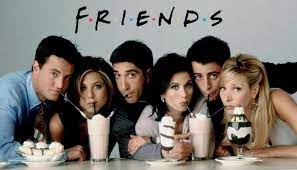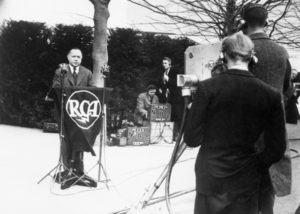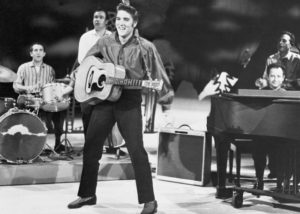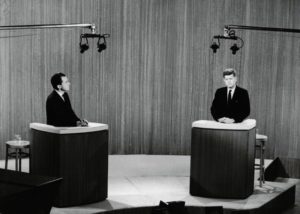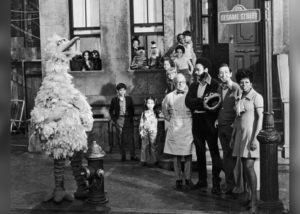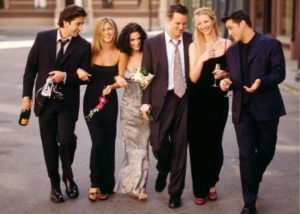So, You Haven’t Been to Rancho Santana Yet?
Here’s What You Are Missing…

I’ve spent most of my career in what I think of as “the idea business” – writing and publishing books, newsletters, and now blogs and podcasts on such far ranging subjects as investing, natural health, entrepreneurship, marketing, literature, and history.
But on the side, I’ve done other things, including all sorts of real estate projects. I’ve been a partner and/or investor in single-family houses, apartments, hotels and motels, housing developments in the US and abroad, warehouses, and other commercial properties.
But there is one project I take special pride in: Rancho Santana.
Rancho Santana began nearly 25 years ago. At that time, we were (still are) publishing a monthly newsletter called International Living (IL). It provided information and advice on living and retiring overseas, and had a substantial (1 million+) readership.
Every year, IL would publish a series of “Best” awards. There were several categories, including “Best Value.” And year after year, Nicaragua (of all places) was at or near the top of the list because of its natural beauty, friendly population, and dirt-cheap property values.
So, one day (for reasons I’ll explain some other time), the principals of the business impulsively decided that it would be a great idea to buy some property near a beach in Nicaragua and sell off lots to our subscribers.
Despite publishing IL for many years, we knew only a bit about developing property overseas, and even less about Nicaragua. But we were young and foolish and our ignorance wasn’t going to stop us. To make a long and sometimes insane story short, we plowed through the obstacles and somehow made it happen.
Today, Rancho Santana is an award-winning, five-star luxury resort and residential community tucked into nearly 3,000 acres of rolling hills touching down on five beautiful beaches. We have three excellent restaurants, an art gallery, a game room, a cigar room, and miles of hiking, bike riding, and horseback riding trails. There is also an amazing spa, a yoga platform overlooking the ocean, and much more.
Here are some of the recent awards we’ve won:
* The Best Family Hotel for 2021 – Kiwi Collection’s 2021 Hotel Awards
* Top Resort Hotels of the World 2021 – Travel + Leisure’s 500
* Top 10 Resorts in Central America 2020 – Travel + Leisure
* Top 5 Resorts in Central America 2020 – Condé Nast Traveler
* Travel + Leisure World’s Best Awards 2019 – The World’s Best Hotels and Resorts for Families
If you’d like to consider a visit, check out Rancho Santana’s website here.





